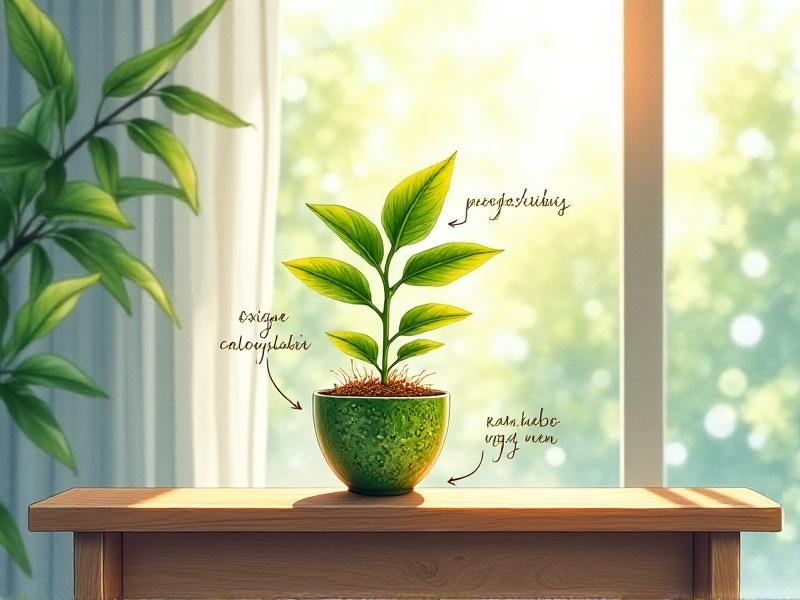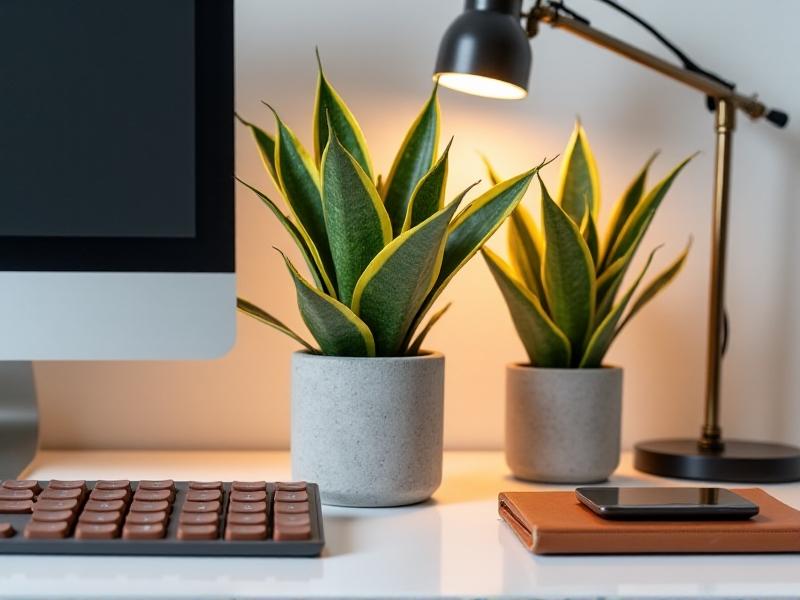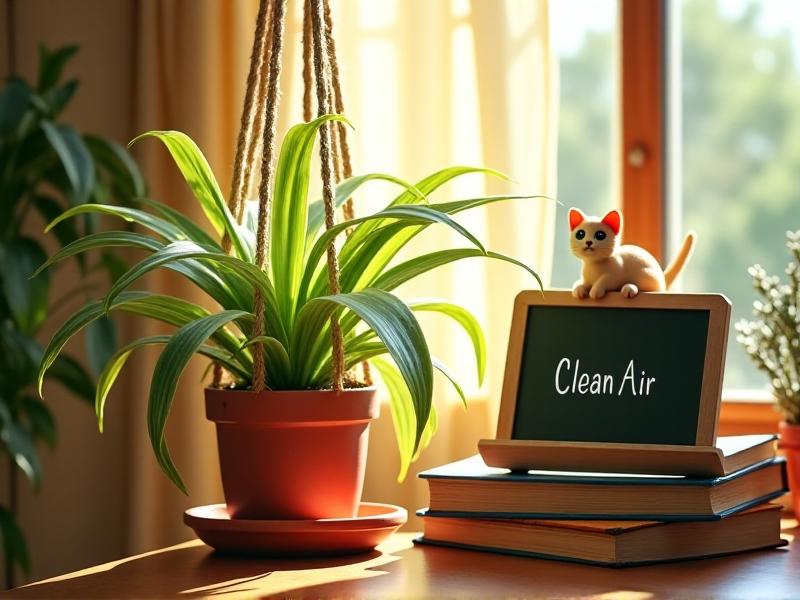Desk Plant Species for Oxygen Boost
The Science Behind Oxygen Production in Desk Plants

Plants convert carbon dioxide into oxygen through photosynthesis, a process powered by light. While all plants perform this, certain species excel in low-light indoor environments. CAM (Crassulacean Acid Metabolism) plants like snake plants release oxygen at night, making them ideal for round-the-clock air quality improvement. Factors like leaf surface area and growth rate influence oxygen output, with broader leaves and faster-growing species generally offering higher efficiency. Understanding these mechanisms helps curate a desk garden optimized for both aesthetics and oxygenation.
Snake Plant: Nighttime Oxygen and Minimal Care

Sansevieria trifasciata, or snake plant, thrives in neglect. Its CAM photosynthesis ensures oxygen release during nighttime, complementing daytime-producing plants. Tolerant of low light and irregular watering, it’s perfect for busy professionals. Studies show it filters formaldehyde and benzene, adding air-purifying benefits. Position it near your workspace for a steady oxygen supply without demanding attention—just avoid overwatering to prevent root rot.
Golden Pothos: Effortless Air-Purifying Trails

Epipremnum aureum, known as golden pothos, is a fast-growing vine that removes indoor toxins like carbon monoxide. Its trailing stems adapt to desks, shelves, or hanging planters. Thriving in indirect light and requiring water only when soil dries, it’s ideal for forgetful caretakers. The plant’s vigorous growth maximizes oxygen output, while its variegated foliage adds a lively contrast to monochrome workspaces.
Peace Lily: Humidity and Oxygen Synergy
Spathiphyllum wallisii, or peace lily, boosts humidity through transpiration while filtering ammonia and acetone. Its white blooms add elegance, and it thrives in shaded corners. Water when leaves droop—a built-in hydration indicator. Note: mildly toxic if ingested, so place away from curious pets. Pair with succulents to balance humidity levels in drier office environments.
Spider Plant: Rapid Growth, Pet-Safe Air Filter

Chlorophytum comosum, the spider plant, rapidly produces oxygen-rich foliage and offsets (‘pups’) for easy propagation. Effective against xylene and toluene (common in adhesives and printers), it’s safe for pets and thrives in bright, indirect light. Let soil dry between waterings to maintain its striped vibrancy. Its grassy texture contrasts beautifully with broad-leafed desk mates like peperomia.
Optimal Plant Placement for Airflow and Aesthetics
Group plants near electronics to counteract ozone emissions, but avoid blocking vents or heat sources. Elevate trailing plants to guide airflow downward, and rotate pots weekly for even growth. Combine upright snake plants with cascading pothos to create layers that maximize oxygen dispersion. For small desks, wall-mounted planters or terrariums save space while contributing to air quality.
Debunking Myths: How Many Plants Do You Really Need?
While NASA’s 1989 study suggested 15-18 plants for 1,800 sq ft, modern research emphasizes that even 2-3 desk plants improve perceived air quality and focus. Prioritize CAM plants for nighttime benefits and cluster species with complementary strengths—e.g., peace lilies for humidity plus pothos for toxin removal. It’s about strategic selection, not quantity.
Sustaining Your Green Allies: Care Essentials
Use well-draining soil to prevent root rot. Mist humidity-loving peace lilies but let snake plants dry thoroughly. Fertilize monthly in spring/summer with diluted solutions. Dust leaves biweekly to unclog pores—a soft brush or damp cloth works. Spot pests early; isolate affected plants and treat with neem oil. Healthy plants mean sustained oxygen output.
Beyond Oxygen: Mental Clarity and Productivity
Studies by Exeter University found offices with plants increased productivity by 15%. The biophilic connection reduces stress, while oxygen-rich air sharpens focus. Position calming lavender or rosemary nearby for aromatherapy bonuses. Your desk garden isn’t just décor—it’s a productivity toolkit rooted in nature.







